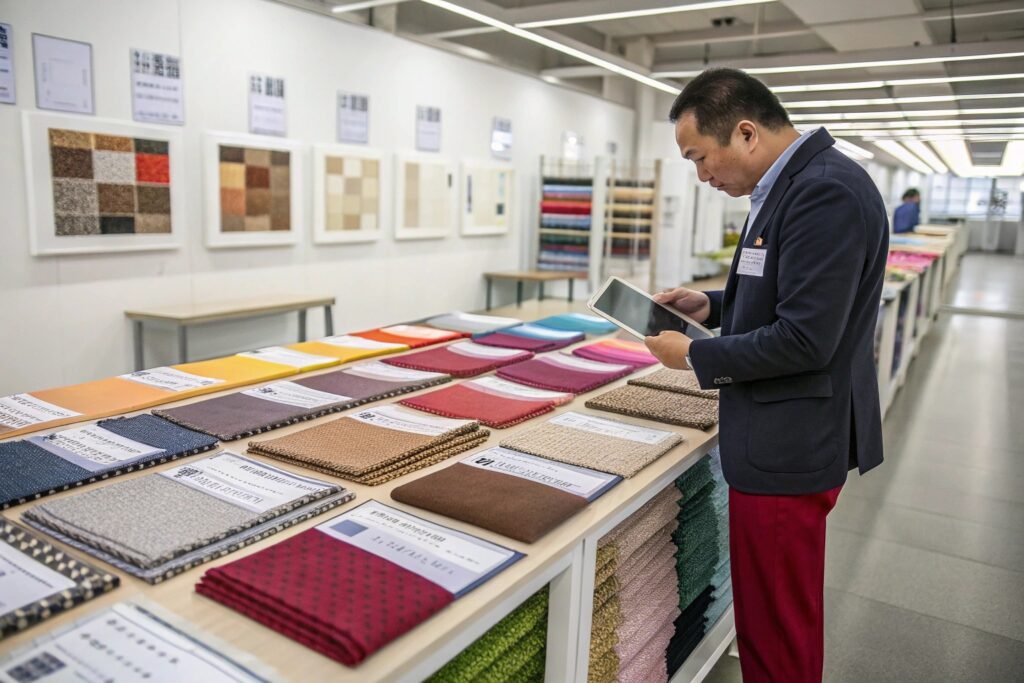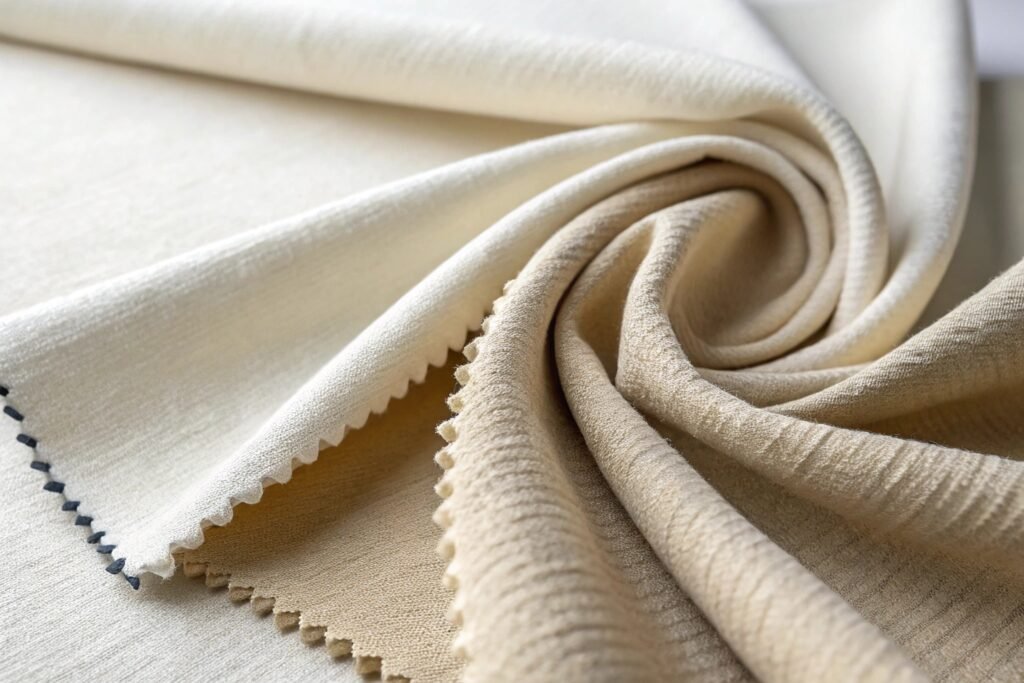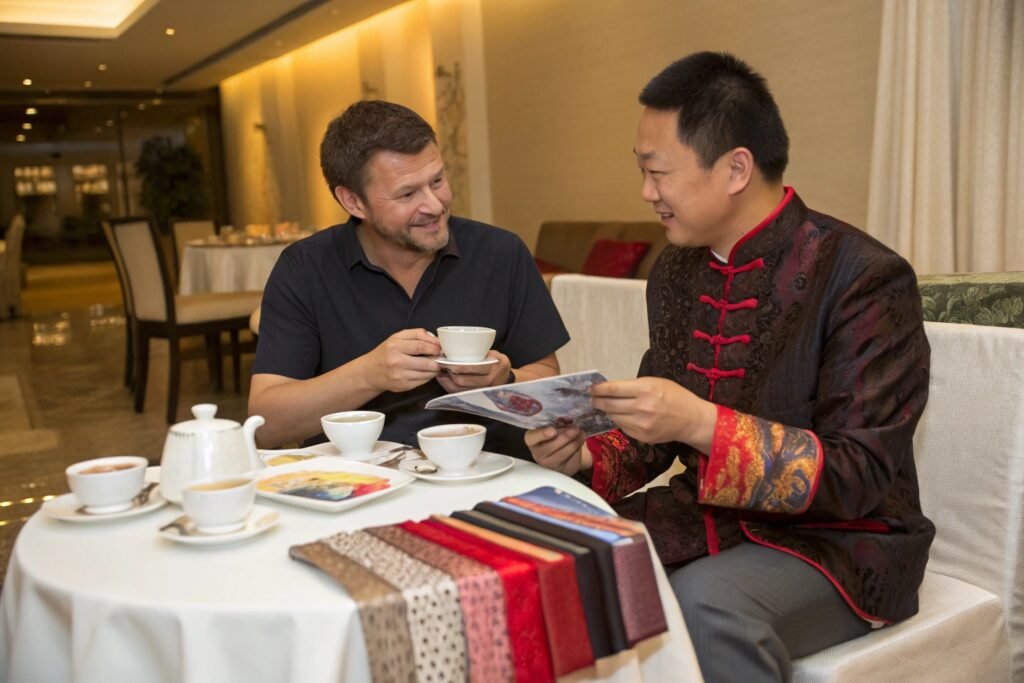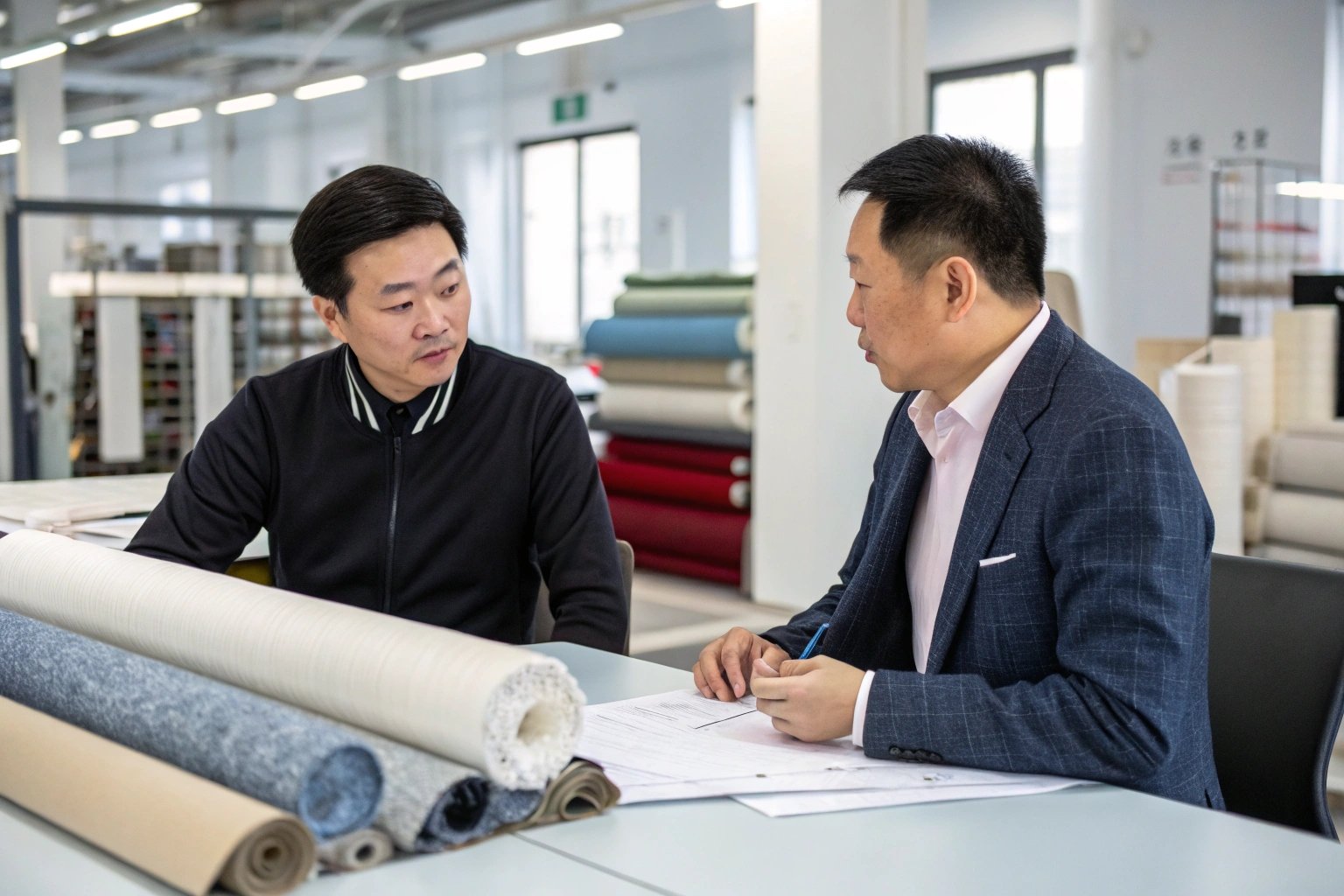Fabric sampling can make or break your sourcing strategy. Many buyers, especially those new to China’s textile industry, feel puzzled when suppliers quote high fees just for sending fabric samples. But if you want to secure the best quality and build long-term supplier trust, knowing how to handle sample negotiations is essential.
Getting fair sampling terms from Chinese fabric suppliers is about understanding their cost concerns and showing your real buyer potential. It’s less about cutting prices—and more about building confidence and demonstrating partnership.
Let me guide you step-by-step through the negotiation mindset, tactics, and hidden levers that actually matter to Chinese manufacturers like us. If you're planning a long-term partnership or bulk production order, this article will help you avoid common pitfalls and maximize your sampling ROI.
Why Do Chinese Factories Charge for Samples?
Charging for samples may feel counterintuitive. After all, you’re the one bringing business, right? But for Chinese manufacturers, it's more nuanced than that.
Chinese fabric mills often charge sampling fees to cover real production costs, especially for custom developments involving special yarns, dyes, or processes. These fees are rarely about profit—but about risk control.

What Costs Are Involved in Sampling?
Sampling is not as “free” as it may appear. Here’s a breakdown:
| Item | Cost Element |
|---|---|
| Weaving or Knitting Setup | Loom preparation, yarn setup |
| Dyeing/Printing | Lab dips, ink use, chemical prep |
| Labor | Technician handling and cutting |
| Freight | International sample courier fees |
| Admin | Sample documentation, QC process |
Each of these adds up—especially if you’re requesting exclusive textures, finishes, or eco-compliant testing. Factories typically recover these costs upfront unless a strong partnership is expected.
How Do Suppliers Evaluate Sample Requests?
Suppliers tend to assess three factors:
- Order potential: Do you seem like a serious buyer?
- Complexity: Is your sample a standard item or a special R&D?
- Volume vs Value: Will this lead to repeat, scalable orders?
You can learn more about how suppliers evaluate requests by checking out this industry insight article.
To build trust, show professionalism early. Include your target order quantities, product specs, and expected timeline. That way, suppliers know your sample request is backed by real intent—not just curiosity.
How Can You Reduce or Waive Sampling Fees?
Waiving sampling fees is possible—but only when you play it right.
You can reduce or eliminate sampling fees by offering firm future orders, agreeing to cover freight, or bundling multiple samples into one request. Showing commitment gets you better terms.

Should You Offer to Pay for Freight?
Yes—always. Even if the sample itself is free, offering to cover DHL, FedEx, or SF Express costs demonstrates sincerity. For us as a supplier, knowing that you're not “just browsing” makes a difference.
Moreover, using your own shipping account gives you control and cuts delays. Here’s a great guide on international sampling logistics.
Can Volume Discounts Help with Sampling?
Absolutely. Try this phrase: “If we proceed to bulk order, can you deduct the sample fee from the invoice?” It’s a standard practice.
For repeat samples or colorways, you can also batch them. Instead of five separate shipments, request all versions at once. This avoids duplicated labor and saves everyone time and money.
You can also consider sample consolidation methods that reduce international freight fees.
What Should Be Included in a Sampling Agreement?
An effective sampling agreement prevents future misunderstandings.
A good sampling agreement should specify fabric specs, lead time, cost coverage, shipping method, and credit-back terms if a bulk order follows.

What Terms Should You Clarify in Writing?
Make sure your sampling sheet includes the following:
- Fabric weight, width, fiber content
- Color code or Pantone reference
- Testing standards (if needed): e.g., OEKO-TEX, REACH, etc.
- Delivery timeline: Usually 3-10 working days
- Shipping Incoterm: EXW, DDP, etc.
Adding these avoids vague promises like “we’ll try” or “should arrive soon.” It gives both sides a professional framework.
To standardize this, you can refer to templates available at Techpacker.
Should You Use NDAs or Exclusivity Clauses?
If you're developing a unique fabric finish or print, then yes. A fabric development NDA protects your designs from being shared.
Chinese factories respect IP more than people think—but it needs to be spelled out. Just be sure the language is simple, practical, and fair to both parties.
How Do You Build Long-Term Trust with Suppliers?
In Chinese culture, trust always precedes flexibility. A factory won’t offer better terms until they feel you’re long-term.
To earn sampling privileges, buyers must build consistent communication, place smaller test orders first, and show up at trade shows or video calls—proving you’re real.

Does Relationship Influence Negotiation More Than Price?
Absolutely. In China, people do business with people—not just companies. Even small gestures—like checking in post-sample, praising good packaging, or offering introductions—go a long way.
When we know your style, product goals, and brand identity, we’re more willing to invest resources upfront, including waiving samples or prioritizing R&D.
You can learn more about the value of guanxi (business relationships) from this Harvard Business Review piece.
How Can You Move from Buyer to Partner?
Partnership means co-creation. Instead of saying “I want,” try saying “Can we co-develop this?” The language shift matters.
Start small. Ask your supplier about their top-selling fabrics. Use their in-stock yarns. Suggest collaborative marketing. When we see you’re thinking win-win, things change fast.
For tips on building a sourcing partnership, check this detailed resource from SupplyCompass.
Conclusion
Chinese fabric suppliers don't just evaluate sample costs—they evaluate relationships. If you position yourself as a long-term partner rather than a one-off buyer, you’ll gain flexibility, faster development, and better pricing.
Respect the effort behind sample production. Align your goals clearly. And always—always—keep communication transparent and consistent. Sampling isn't a one-time transaction; it’s the start of trust.










